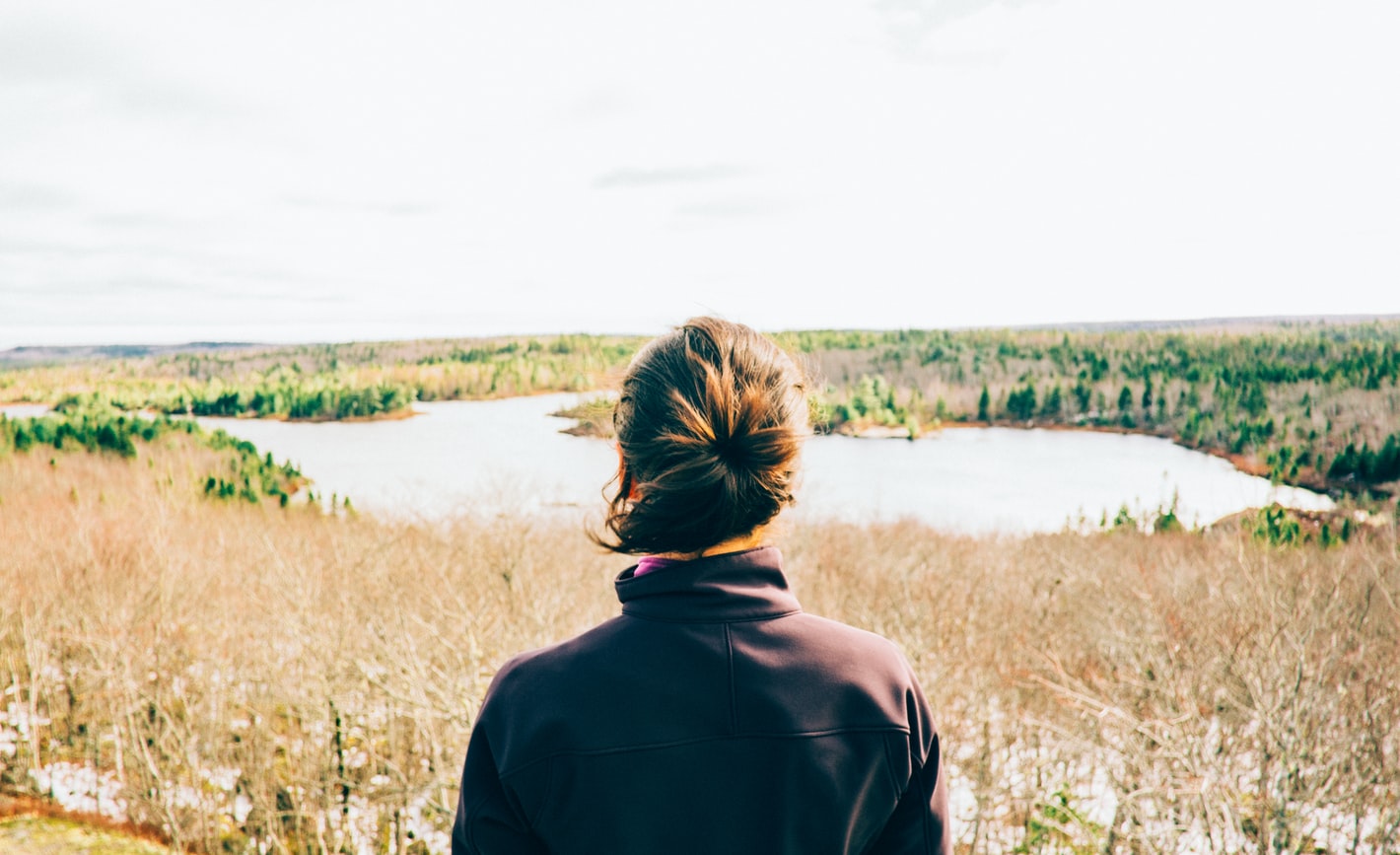One of those typical interview questions that come up time and time again is what is your greatest strength and weakness. Many of us do not take time for self reflection and self evaluation, so this may be an opportunity to help not only at these all important interviews, but for your personal and professional growth.
It is important for any person to have a full comprehension of what our individual strengths and weaknesses are, as a person. Now of course, it’s easy to identify somethings with hindsight, or with helpful and constructive feedback from others, but what is far more difficult is trying to identify your strengths and weaknesses yourself.
But how do you go about doing this when you can’t see them for yourself before they come to the for?
A big part of this is down to perspective. What some perceive to be strong attributes or traits, others can see areas of weakness and vulnerability and vice versa. A person brimming with self-confidence outwardly can be shocked to learn from their peers that they come across as arrogant, even if it is completely unintentional. Whilst it would be easy to just ignore other peoples opinions or choose not to care about them, there are obvious shortcomings to this way of thinking. Criticism is not something that we can ever avoid and we shouldn’t look to. Another person’s perspective can tell you a lot that you may not ever see in yourself straight away. Asking other people for their opinion of you as either a whole or referring to specific moments that you are curious for feedback on, can go a long way to helping you identify your own strengths and weaknesses.
But this doesn’t necessarily tell you something about yourself before it has had a chance to happen. Especially if you’re asking for another person’s opinion in retrospect. It is helpful though to look back by yourself at what information you personally have to build your own assessment. I once decided to look back through all my report cards from school to see if there were any comparable traits I displayed as a child to how I am now as an adult. The answers were predictably hilarious, and if I’m being brutally honest (which is naturally, of fundamental importance in any self-assessment) I did find some lingering echoes of my former habits as a child in my current state as an adult. These were not all necessarily good or bad. They are just the same kind of quirks and idiosyncrasies that we all have. But the fact is that again, based on our individual perspective, we also have the possibility to misidentify certain things about ourselves.
We are, most of the time, our own biggest critics. The standards we set, and struggle to meet by ourselves, can often be the hardest and also the most flawed. We believe ourselves to be weak sometimes when we are strong. Our confidence can drain at the mere thought of a task that we over-estimate or over-emphasise the importance of in our heads when we needn’t have been concerned. Identifying the things you think you can’t do is often harder than identifying the things you can. In truth, if you can focus on confidence, and the areas you have it and the areas you don’t, you are already well on the way to identifying a lot of your areas of strength and weakness.
The willingness to improve oneself is one of the key instruments to the success of almost any person. Learning to work harder, better, faster, smarter. You cannot always wait for others to tell you how to do this, just like you cannot wait for them to tell you where you are failing and succeeding. Ultimately, you will always have an idea of what you are good at and what you are not, often before you put yourself to work on any kind of task. How you choose to deal with that is up to you, either by embracing your weaknesses and moving past them by utilising your strengths, or by turning these weaknesses into strengths. Once you’ve identified your strengths and weaknesses, you can tailor your job search with skills in the preferences area to find a role specific to your traits.

